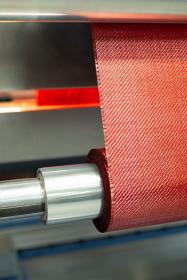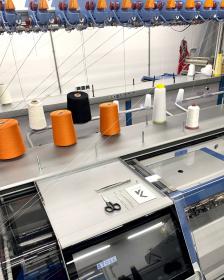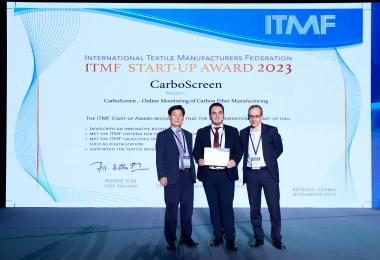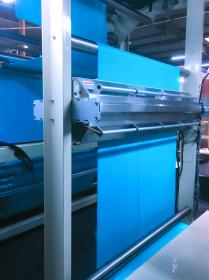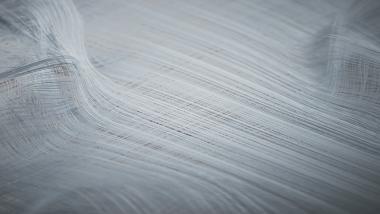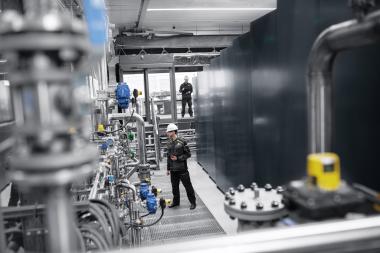VIATT 2025: Multifaceted fair poised to aid rejuvenation of Vietnam's textile industry
After navigating the challenges of 2023, Vietnam's textile and garment exports have been gradually recovering. Additionally, foreign direct investment (FDI) into Vietnam during the first five months of this year reached USD 11 billion, a 2% year-on-year increase, according to the Foreign Investment Agency under the Ministry of Planning and Investment (MPI). To cater to Vietnam’s renewed business opportunities, the Vietnam International Trade Fair for Apparel, Textiles and Textile Technologies (VIATT) will return from 26 – 28 February 2025 at the Saigon Exhibition and Convention Center (SECC).
The fair’s inaugural edition attracted 409 exhibitors and 17,262 visits from 17 and 55 countries and regions respectively. Building on this solid foundation, VIATT 2025 will continue to showcase the latest industry trends, and expand its focus on various pertinent areas. This will include the fair’s new Econogy Hub, a dedicated zone to advance the topic of sustainability in the textile industry, and to relate it closely to the demands of economic and social change. Together with the evolving environmental landscape, the fair will also help industry players adapt to the rapid adoption of new technology in the business world with the debut of the Innovation & Digital Solutions Zone. This zone will allow exhibitors to unveil the latest technology and solutions such as AI design, digital manufacturing, big data analytics, and more.
Concurrently, VIATT 2025 will continue to present a diverse range of exhibitors across the apparel, home textile and technical textile sectors, with positive feedback received from many quarters at the fair’s inaugural edition.
Apparel Fabrics & Fashion
In the first four months of 2024, textile and garment exports grew 6.3% year-on-year to over USD 10 billion. The US remains Vietnam’s top export market, followed by the EU, South Korea, China, and Japan. To meet this demand, Vietnam's textile industry continues to import a significant amount of raw materials. At VIATT 2024, yarns, fibres and fabrics for casualwear, sportswear and uniforms, as well as garment accessories, were in high demand.
Home & Contract Textiles
Vietnam’s home textile market is projected to undergo a steady CAGR of 2.4% from 2024 – 2032, driven by the rising need for modern and stylish home textiles, e-commerce expansion, and favourable government initiatives. At the fair’s previous edition, product groups included bedding, loungewear and bathroom textiles, curtains and curtain fabrics, upholstery and sofa fabrics, and home textile accessories.
At VIATT 2025, exhibitors can additionally present their latest offerings in the Home Textiles Display Zone or at dedicated product presentations, to maximise their visibility to potential buyers.
Technical Textiles & Technologies
Across the textile industry, investors are now focusing on optimising production capacity, streamlining supply chains, and enhancing product quality to maintain competitiveness in both domestic and international markets. With the new Innovation & Digital Solutions Zone to supplement the textile technology category, VIATT 2025 is set to play host to providers of textile and nonwoven machinery, CAD/CAM, CMT, and technology for embroidery, knitting, sewing, printing, and more. Exhibitors can draw more attention to their latest solutions by participating in the fair's new innovation showcase area.
The Vietnam International Trade Fair for Apparel, Textiles and Textile Technologies (VIATT) is organised by Messe Frankfurt (HK) Ltd and the Vietnam Trade Promotion Agency (VIETRADE), covering the entire textile industry value chain. The second edition will be held from 26 – 28 February 2025.








